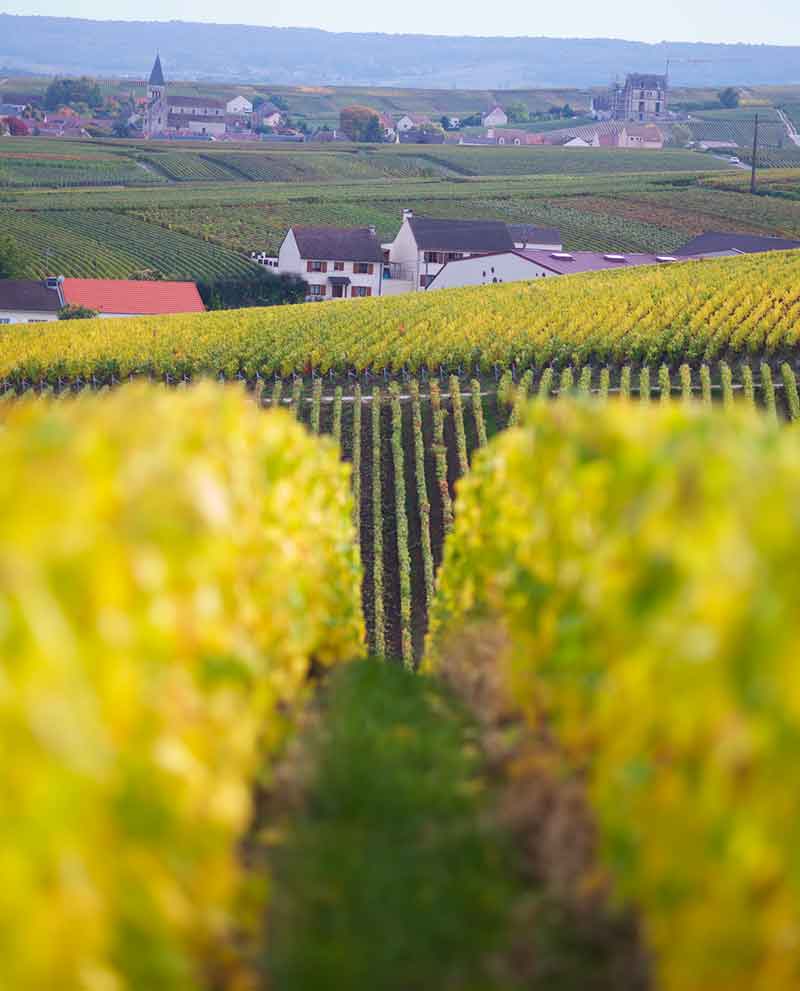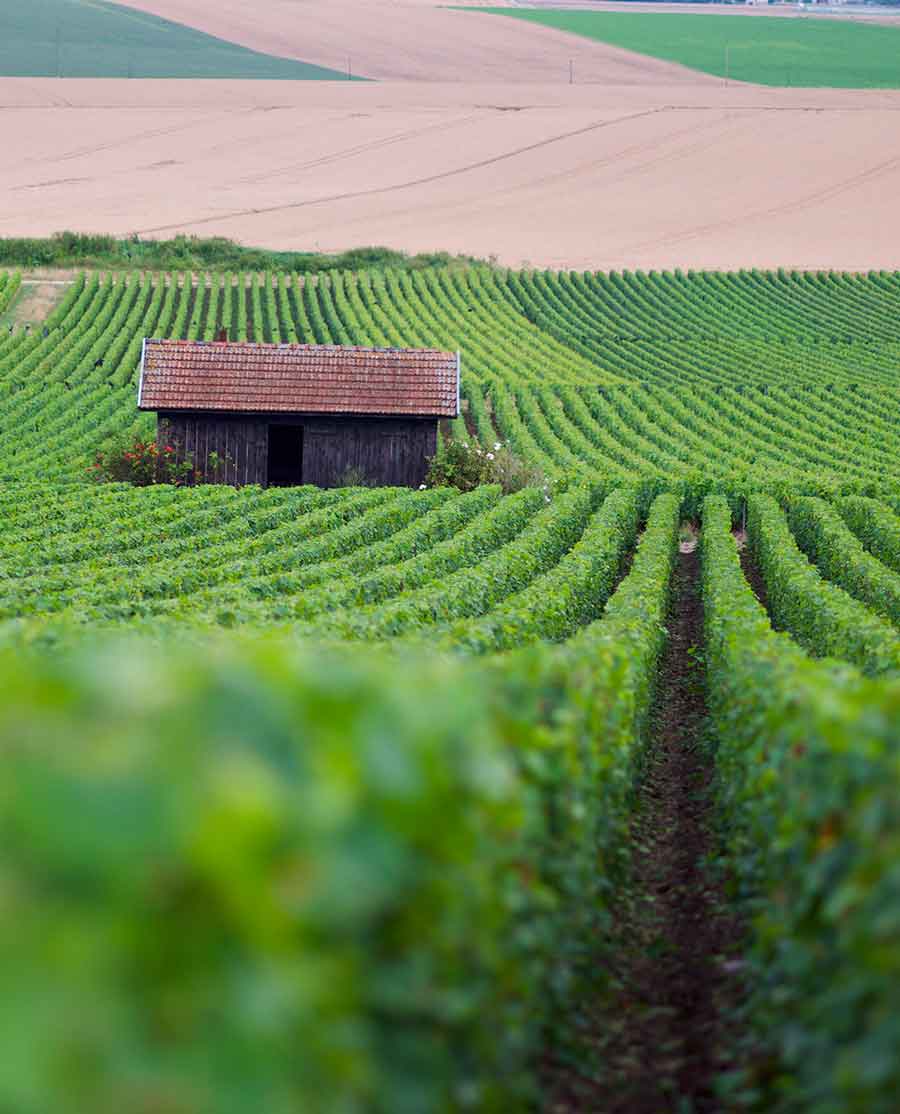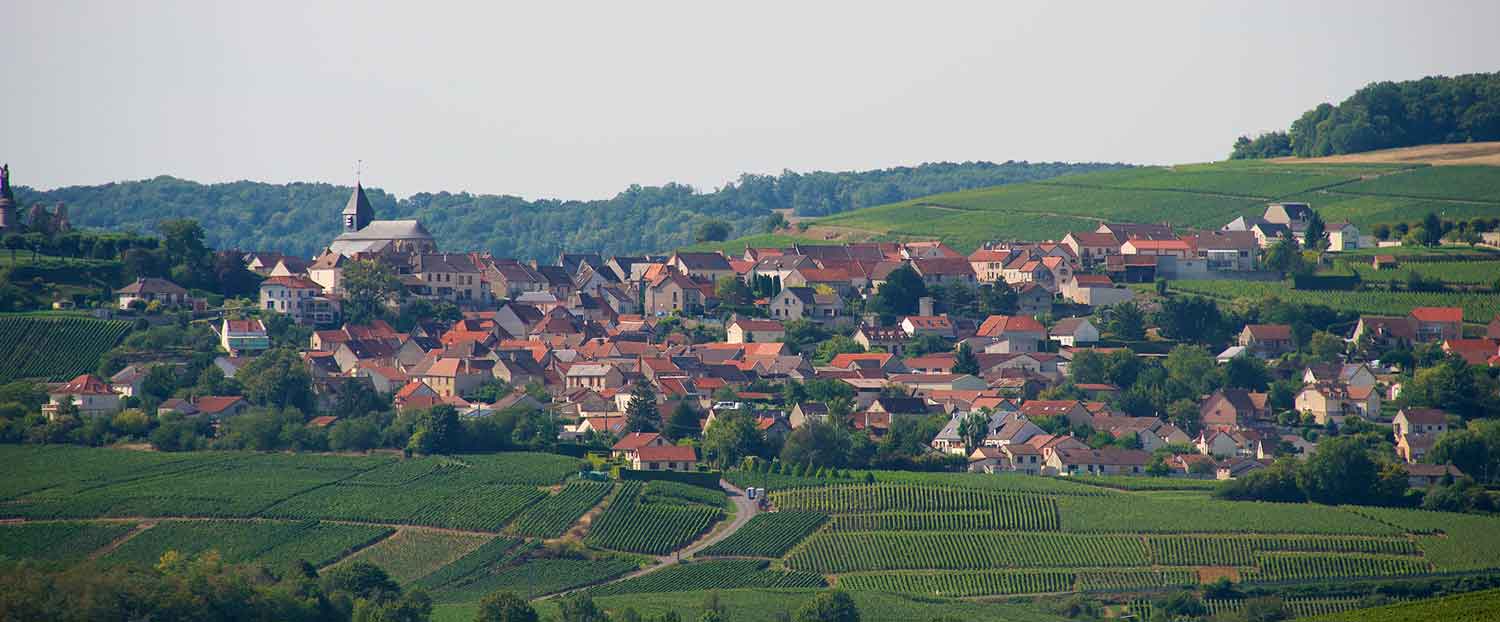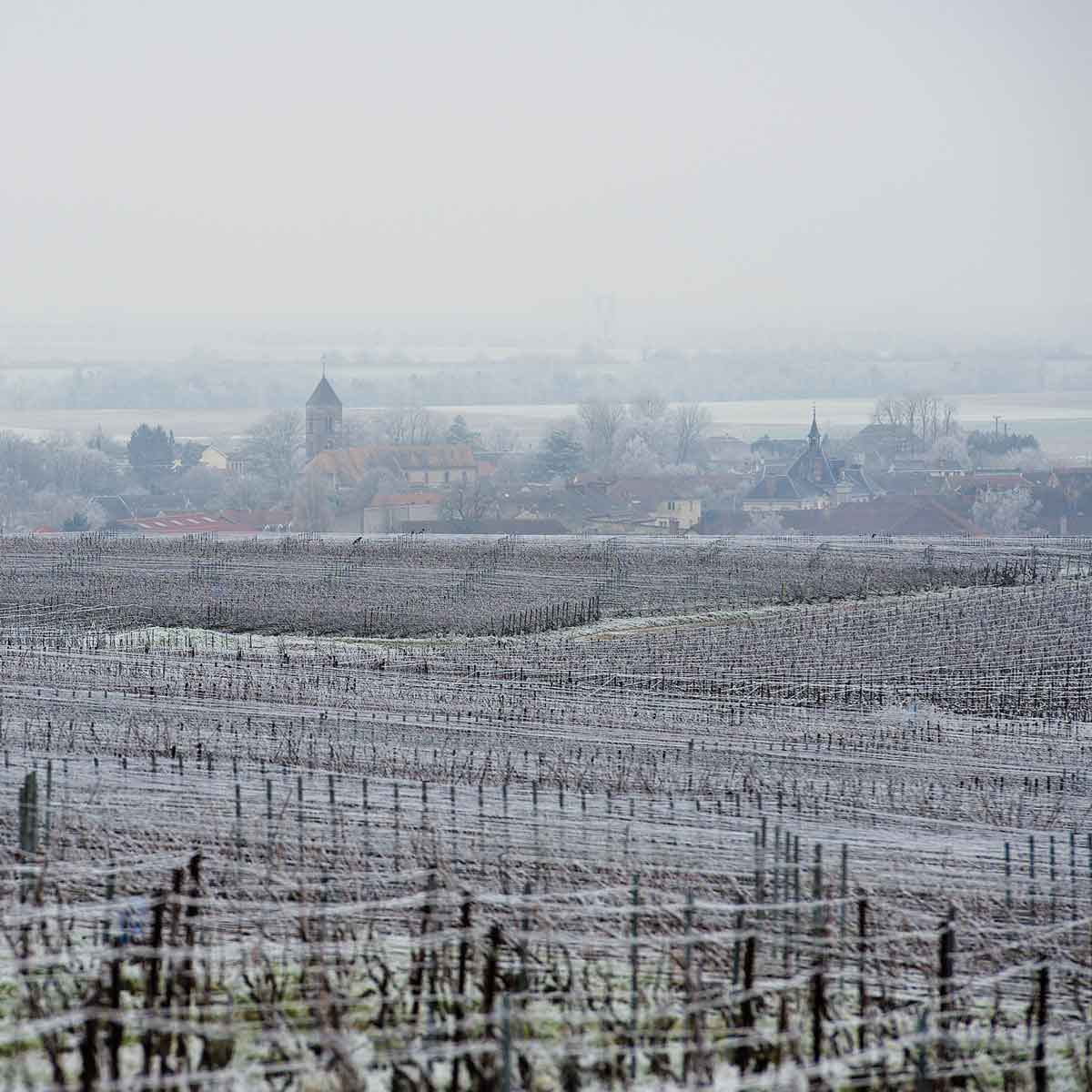About :
Bubbles of happiness
The Champagne region, through Champagne (the wine) has always had the ability to fascinate. The dream, the images evoked by Champagne ban any form of lethargy which would allow us to fall into the common. 34,000 hectares of terroir spread over 320 villages provide us with an enormous quantitative and qualitative potential.




